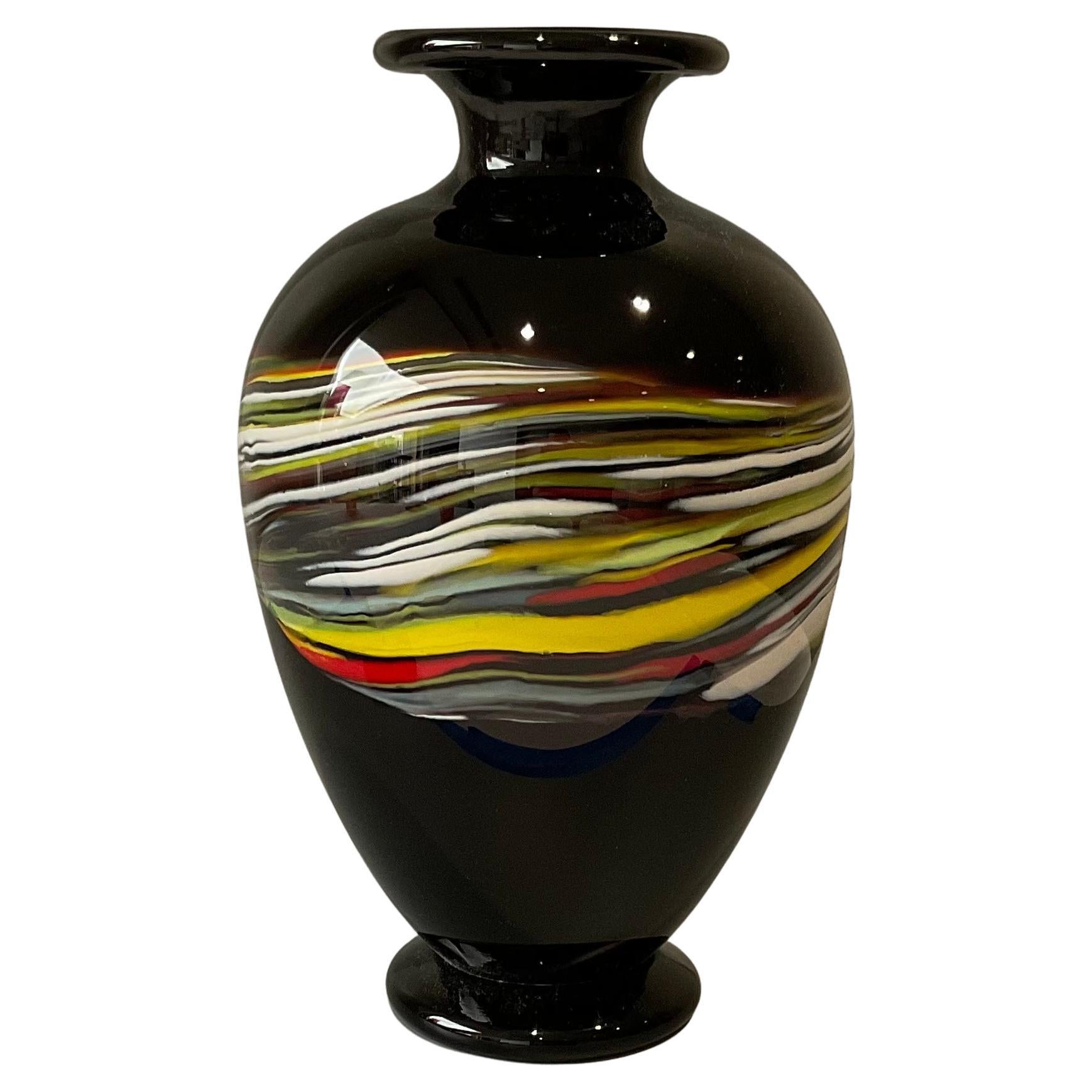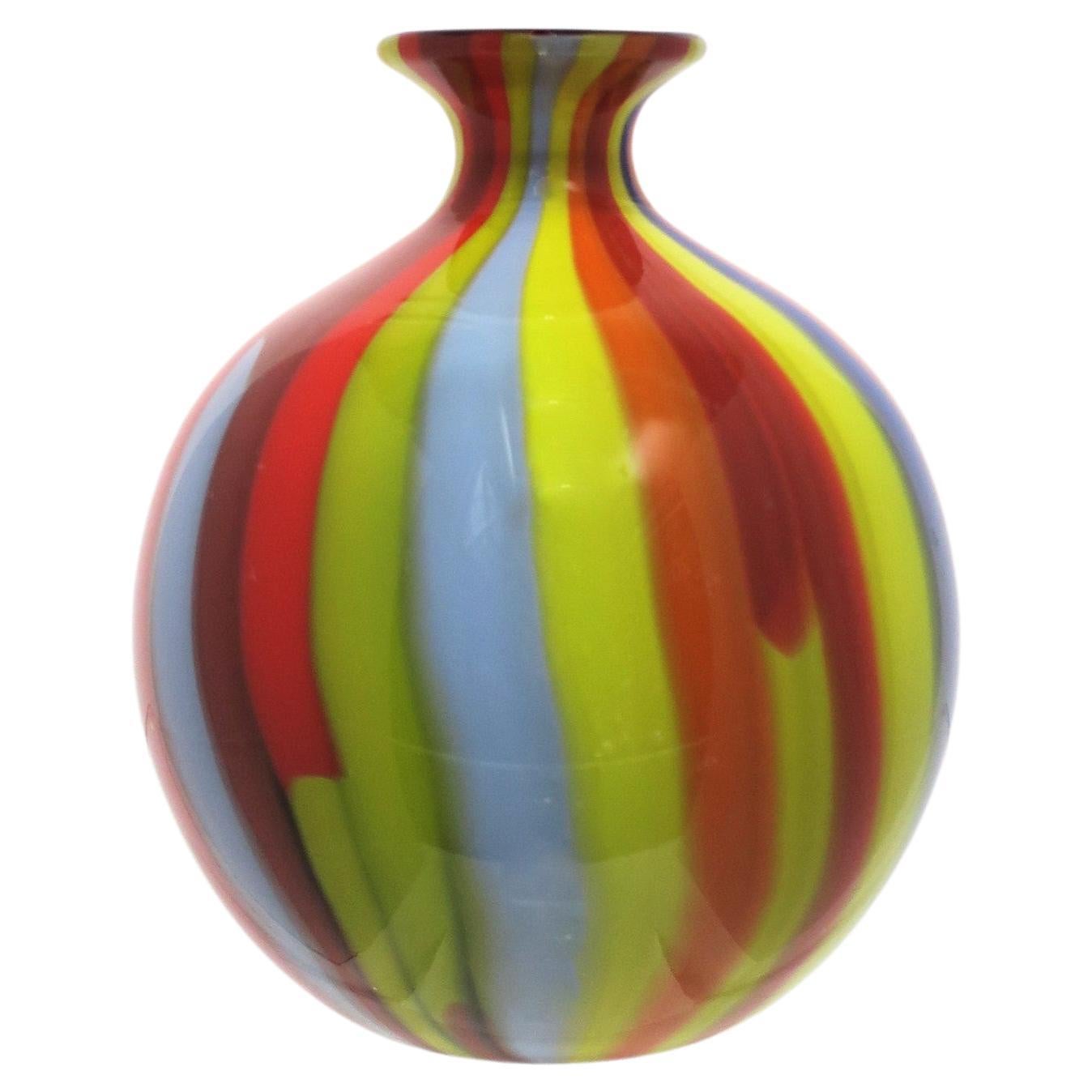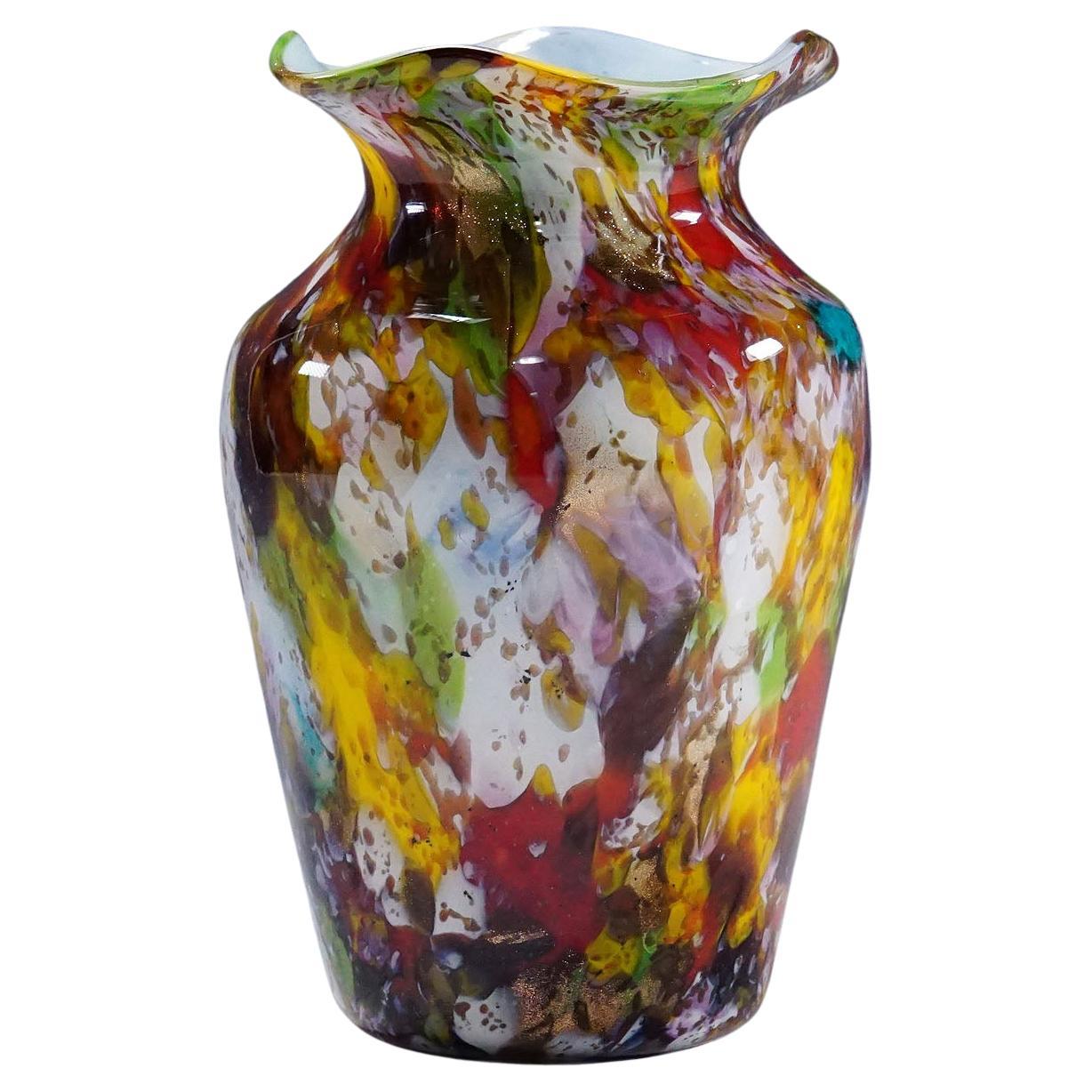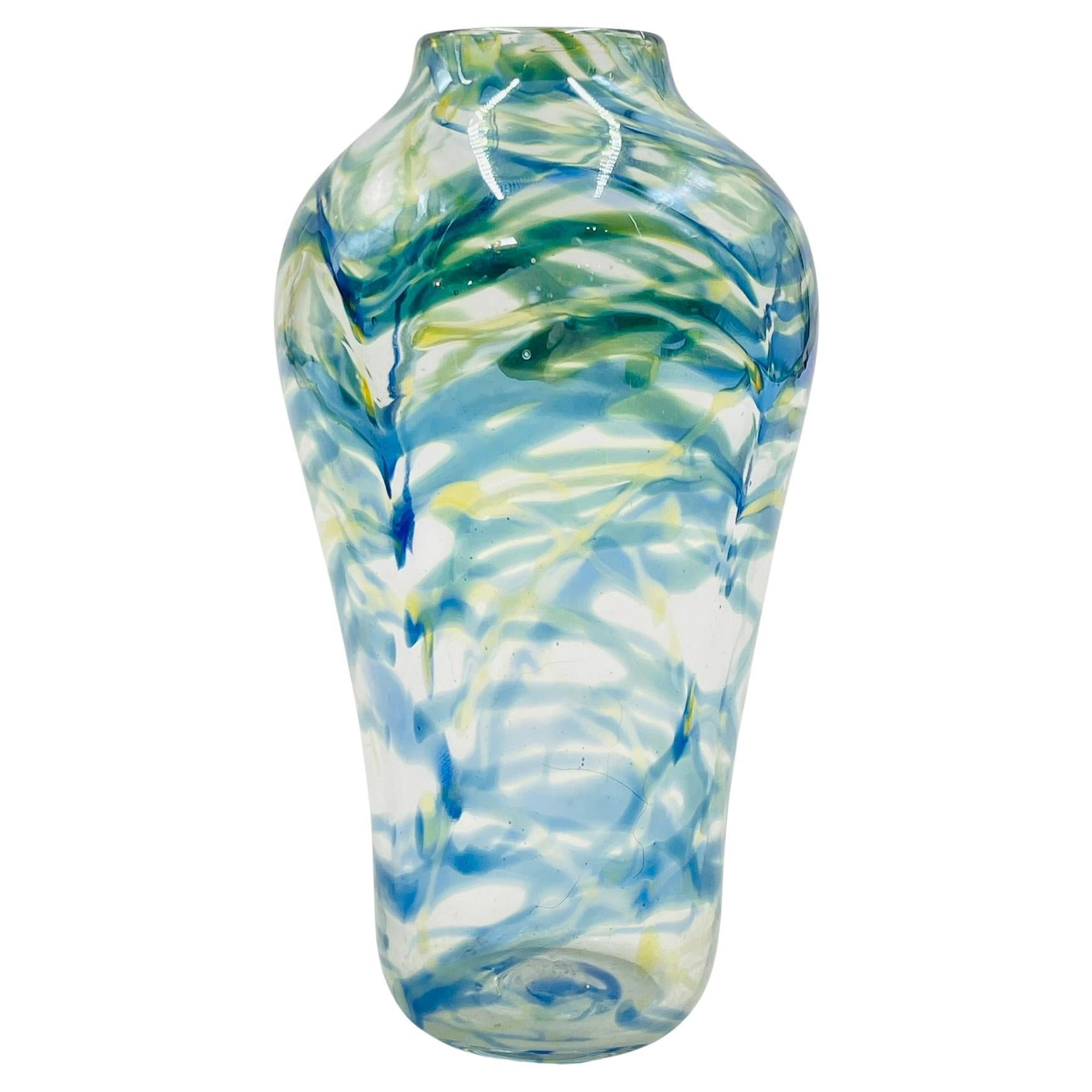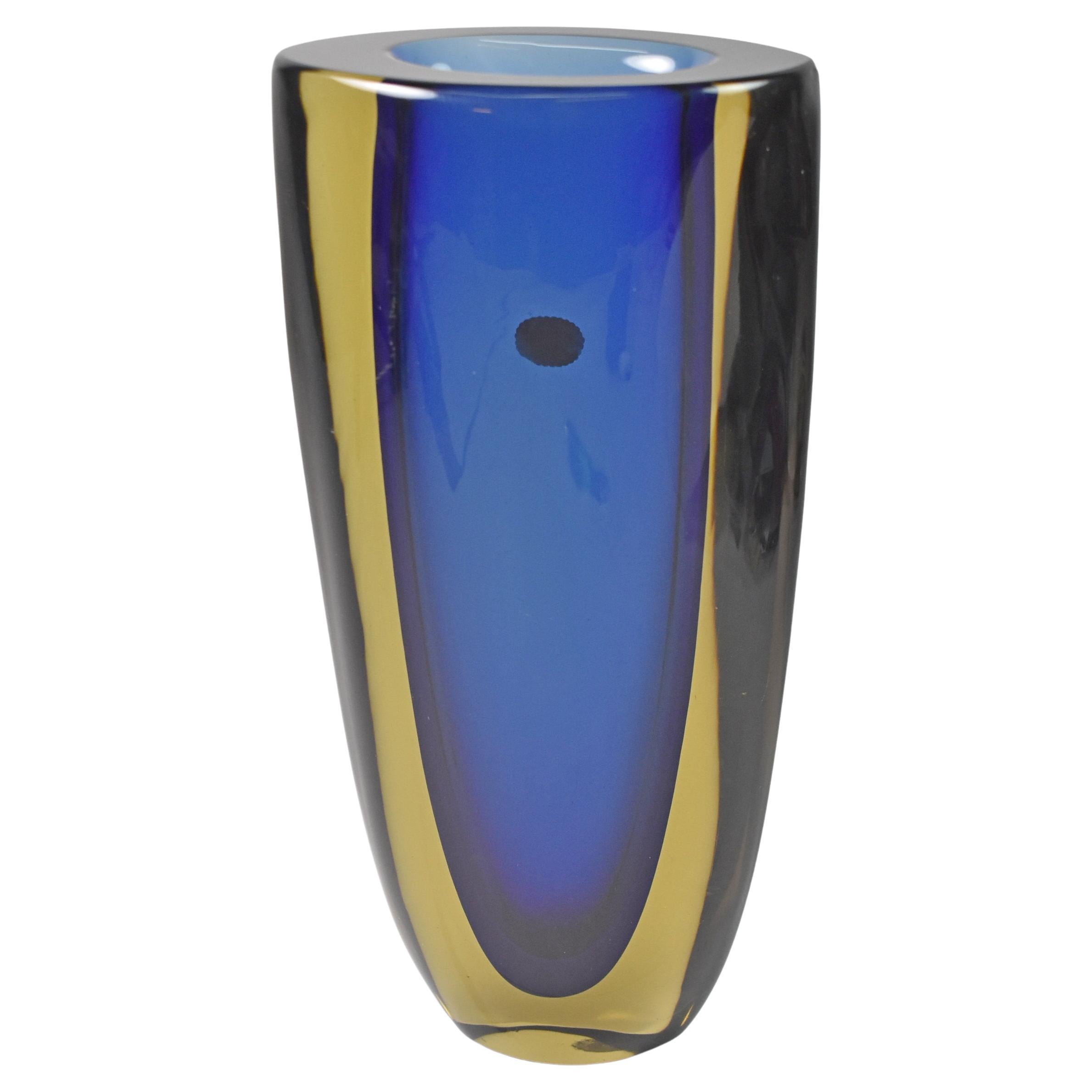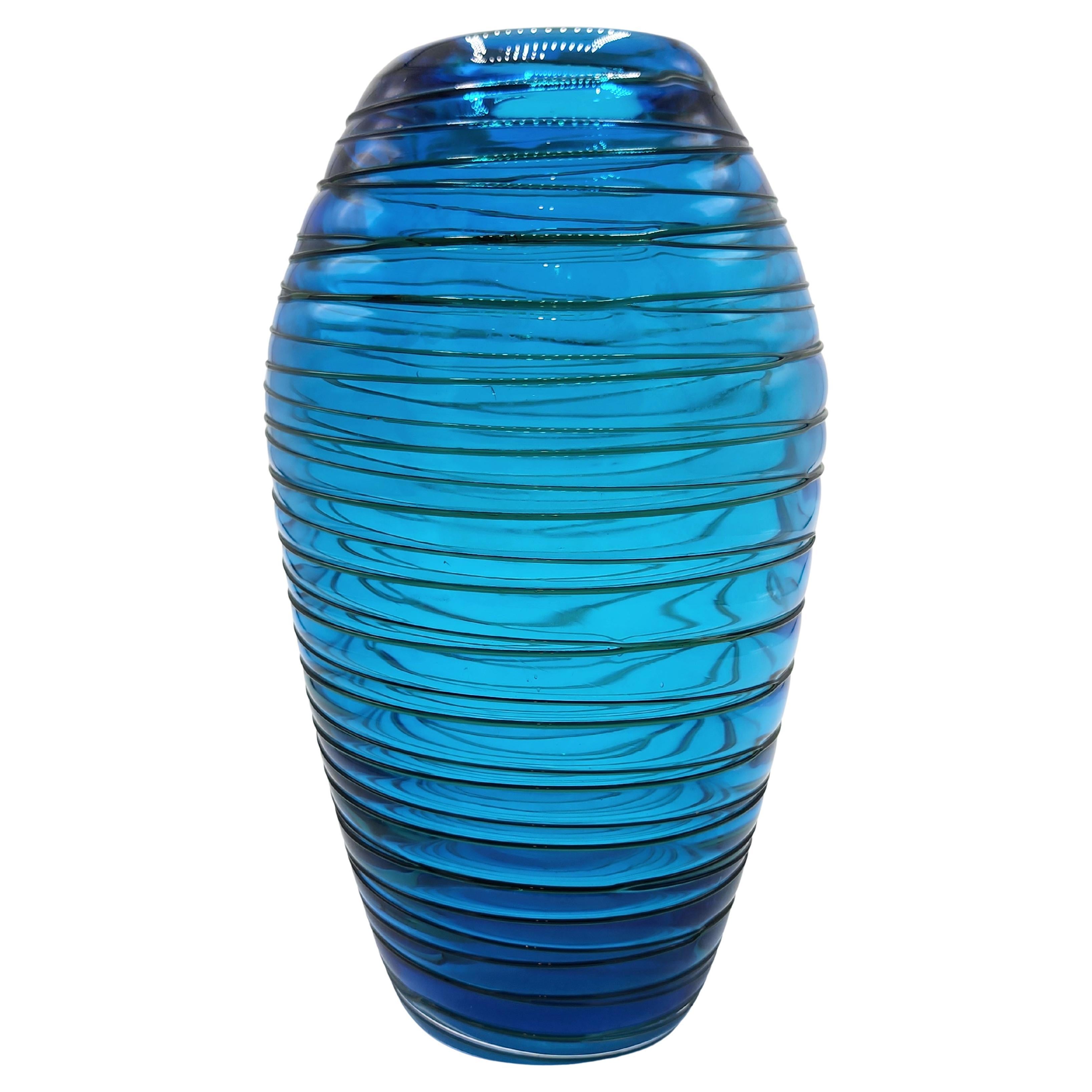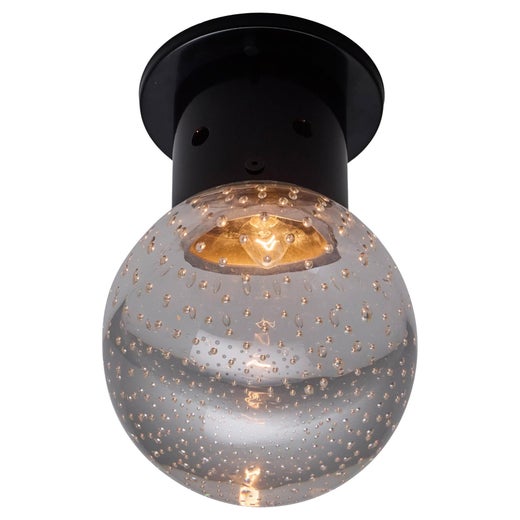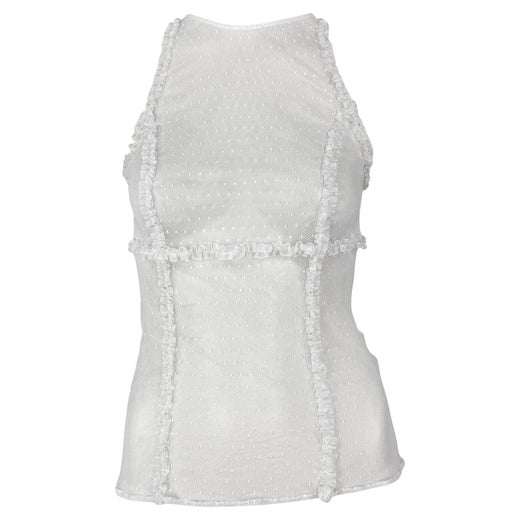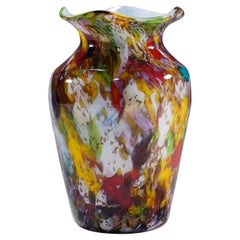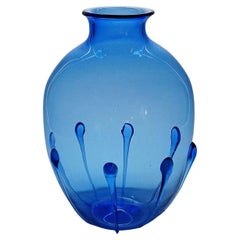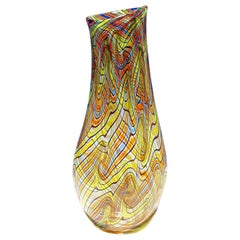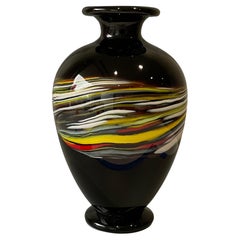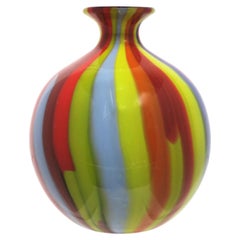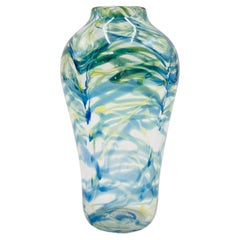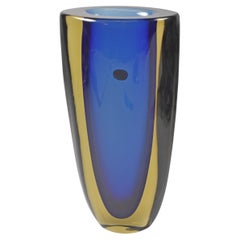Art Glass Vase by Gianni Versage for Vetreria Archimede Seguso ca. 1990s
About the Item
- Creator:Gianni Versace (Artist),Archimede Seguso (Manufacturer)
- Dimensions:Height: 12.6 in (32 cm)Diameter: 7.09 in (18 cm)
- Style:Mid-Century Modern (Of the Period)
- Materials and Techniques:
- Place of Origin:
- Period:
- Date of Manufacture:circa 1990s
- Condition:Wear consistent with age and use. All of our items are in very good condition. They have been utilised and therefore may show age-related traces of usage. If not mentioned in the item description they don't have defects. Feel free to contact us for a detailled condition report.
- Seller Location:Berghuelen, DE
- Reference Number:Seller: e71501stDibs: LU988737936362
Archimede Seguso
Archimede Seguso redefined a 650-year family history of Murano glass-making with brilliance and novel techniques, elevating him to an exemplar for the maestros of his time as well as for future generations of glassmakers. This next generation included his sons and grandsons, who carried on and further expanded the family legacy of Venetian art glass. The survival and revival of traditional glassblowing combined with unique design are the legacies left behind by a master.
Seguso grew up in the family furnaces of the Soffieria Barovier Seguso and Ferro, where his training began at age 11. By the time he turned 20, he was a maestro in his own right, joining the family business as a partner.
In 1933 the company changed its name to Seguso Vetri D’Arte, and Seguso gained sole control. He collaborated with designers Flavio Poli and Vittorio Zecchin, which allowed him to achieve artistic sovereignty leading to the opening in 1946 of his own furnace, Vetreria Seguso Archimede. There, he could explore his design ideas with creative freedom. In 2007, the 23rd generation of Seguso glassmakers took the lead at Seguso Vetri D’Arte. Brothers Gianluca, Pierpaolo and Gianandrea Seguso carry a six-century dynasty of Seguso glass into the 21st century.
Archimede Seguso’s art glass pays homage to tradition. Seguso studied and mastered techniques from centuries past, but he also pioneered innovative approaches, such as submersion and unconventional color constitutions. He awarded future generations with stunning and unprecedented effects, such as ribbed textures, rings, needle shapes and the appearance of embedded objects.
A lifetime of achievement created by Seguso is honored in museums worldwide, such as the Victoria and Albert Museum in London, MoMA in New York and Museum Kunstpalast in Dusseldorf, to name a few. His exhibit resume spans decades, beginning with XX Biennale, Venezia, in 1936. It includes a 1989 exhibit of “Il Maestro dei Maestri” at Tiffany & Co., New York, and 2013 exhibitions at Musée Maillol in Paris and Museo della Basilica di San Marco in Venice.
On 1stDibs, find vintage Archimede Seguso glass, decorative objects, lighting and mirrors alongside a collection from his brother Angelo Seguso and his grandsons’ firm Seguso Viro.
Gianni Versace
The signature extravagance of legendary fashion designer Gianni Versace — forever aligned with glamour, sex, celebrity and spectacle — can overshadow the Italian couturier’s broad and deep engagement with history and culture. Today, his vintage dresses and gowns, handbags, sunglasses and other accessories look astonishingly fresh and freshly relevant.
More than any designer before him, Versace mined celebrity, music and Pop art for inspiration, and his subversive, maximalist and unabashedly seductive designs infused high fashion with an entirely new ethos. “I don’t believe in good taste,” he once explained. Instead, he had a sexy good time with fashion — as he did with life.
Gianni Versace was born in Calabria, Italy. His mother was a successful dressmaker who employed more than 40 seamstresses. As a child, little Gianni marveled at her workshop, which would become a university of sorts, where he learned the exceptional construction techniques that were at the foundation of his creative expression.
In 1972, at age 25, he moved to Milan to work in fashion. He launched his first collection — and his label — in 1978, with his older brother Santo managing the business concerns. Soon, sister Donatella, whom Gianni dressed and took to discos when she was still a child, joined the family venture, where she had a creative role and managed enormously popular ready-to-wear lines such as Versus.
Vintage Versace — and Gianni Versace Couture, which debuted in 1989 — has become catnip for modern fashion enthusiasts who seek out the now-iconic house codes that originated in the designs of the 1980s and 1990s. His glamorous and seductive apparel — the clingy skirts and slender, strappy party dresses, as well as the erotic magazine ads that publicized them — looms large, but Versace’s art and historical influences were also vast.
Versace was an art collector, and he took on commissions to create costumes for theatrical performances during the 1980s and spoke of looking to numerous cultures for inspiration. The New York Times noted in 1997 that the fashion industry “is now driven by contemporary culture because Mr. Versace made it that way.”
Insiders consider his 1991/1992 Autumn/Winter runway show — which featured supermodels Christy Turlington, Cindy Crawford, Naomi Campbell and Linda Evangelista lip-synching George Michael’s “Freedom” — as the moment when the two worlds of fashion and pop culture became one, changing both forever.
Versace's adventurous spirit of design resulted in his creating jewel-toned prints rooted in Grecian motifs, Etruscan symbols, the Italian Baroque and Andy Warholʼs Marilyn Monroe. There were slinky dresses in Oroton, his patented chain-mail textile that draped like satin, and leather bondage ensembles. Sex sold, for both women and men. Wrote the late curator Richard Martin, “[Versace] became the standard-bearer of gay men’s fashion because he eschewed decorum and designed for desire.”
Following Versace’s tragic murder in 1997, Donatella took over the role of artistic director and continued to evolve the house codes with a twist of her feminine and feminist perspective. Today, Santo Versace is chief executive officer of Versace and Donatella is its chief creative officer.
Browse an extraordinary collection of vintage Gianni Versace evening dresses, handbags, day dresses and more on 1stDibs.
- ShippingRetrieving quote...Shipping from: Berghuelen, Germany
- Return Policy
More From This Seller
View AllEarly 20th Century Italian Mid-Century Modern Vases
Art Glass, Murano Glass
Vintage 1920s Italian Mid-Century Modern Vases
Art Glass
Vintage 1920s Italian Mid-Century Modern Vases
Art Glass
Late 20th Century Italian Mid-Century Modern Vases
Art Glass, Murano Glass
Mid-20th Century Italian Mid-Century Modern Vases
Art Glass, Murano Glass
Vintage 1960s Italian Mid-Century Modern Vases
Art Glass
You May Also Like
1990s Italian Mid-Century Modern Glass
Blown Glass
Late 20th Century Italian Modern Vases
Murano Glass, Art Glass, Blown Glass
Vintage 1970s American Modern Vases
Art Glass
20th Century Vases
Glass
20th Century Italian Post-Modern Vases
Art Glass
Mid-20th Century Italian Mid-Century Modern Vases
Murano Glass
